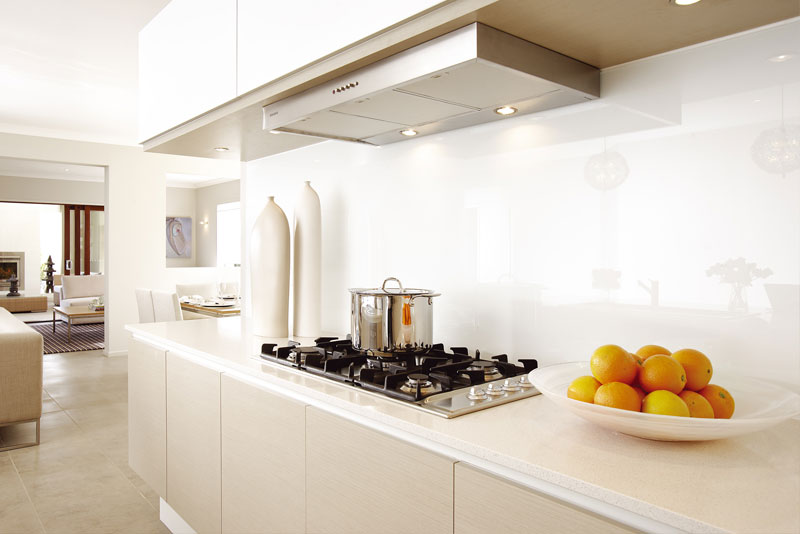

Now, you are ready to play your show on stage ! There you can check your output and change it :

By default it is connected to the first detected external output. Then you just have to drag it into the dashboard to use it.īefore playing your show, check that Millumin is connected to the good output. If you want to reuse a media, you can find it in the library : Or delete them by selecting it and press BACKSPACE on your keyboard : In edit mode you can also drag and drop a media to move it :

You can have more information about this feature here. This means that the surface automatically gets properties. When you launch the column, a transition is called. The ‘Blend surfaces’ generates a continuous surface that joins together a set of other surfaces by filling the voids between them. Click on the column gear, then, set a transition : Now you can create cross fade transition between your column. First you have to activate the edit mode by clicking on the "edit mode" button at the bottom left corner : But Millumin allow you to have more fluid ones. The input to photogrammetry is photographs, and the output is typically a map, a drawing, a measurement, or a 3D model of some real-world object or scene. Photogrammetry the science of making measurements from photographs. Projection mapping similar to video mapping, commonly used in the United states. The transition between your media is quite rough by default. non-flat surfaces of the physical objects. You can scroll through your column by pushing SPACE on your keyboard. You can add multiple media at the same time to the dashboard. If you launch a column, it will play its media in the canvas If you need, you can create a new layer by pushing "CMD+L" on your keyboard, or with the big "+" button on the button left of Millumin : Your browser does not support the video tag. For example, you can see each column as a scene of your show.ĭrag and drop a media to add it to your dashboard : The layer will handle your media, and the column the continuity of your show. The dashboard is composed of layer and column. The edge can be on the same surface as the original edge, or on a different surface.Now that your project is created you have an empty Dashboard : Click a button, then click the edge to replace the original first or second edge. Let you replace the parent edges or curves. Jus like merge option in Creo parametric. All I would like to blend all the uneven surfaces into one smooth surface in Autodesk inventor. The attached file shows the fillet radius of three edges meet each other at corner where I have marked it in red for reference.
#BLEND EDGES OF SURFACES MILLUMIN HOW TO#
Replace First Edge and Replace Second Edge How to blend the uneven surfaces into even surfaces. When you release the mouse button, the surface reappears. The surface is not displayed, so it doesn't slow down adjustment. While you're adjusting start points, a dotted blue line is displayed between them, to show the alignment. In that example, we have two 800圆00 projectors which result in a 1600圆00 canvas. Adjust the Resolution All the projectors must be at the same resolution. Add as much outputs as you need (one per beamer). These spinners are unavailable if the edges or curves are not closed. In Millumin open the output panel, then choose the layout of your soft-edge (horizontal or vertical). Adjusting the start points can help eliminate unwanted twists or "buckles" in the surface. The Flip Tangent controls are especially useful in this situation.Īdjust the position of the start point at the two edges of the blend. When you blend to a CV or point curve on surface, the new blend surface is tangent to the surface on which the curve on surface lies. Flipping the tangent reverses the direction in which the blend surface approaches the parent sub-object at that edge.įlipping the tangent has no effect if the edge is a curve, unless the curve is a curve on surface. To correct the situation, use Flip End 1 or Flip End 2 to construct the blend using a normal opposite the corresponding parent surface's normal.įlip the tangent at the edge of the first or second curve or surface. If the two parents have opposing normals, or if a curve has the opposite direction, the blend surface can be shaped like a bow tie. A blend surface is created using the normals of the parent surfaces. 2 / Solution : use Asynchronous Timeline. This value has no effect if the edge is a curve.įlip one of the normals used to construct the blend. And we dont want to use a fade-in/fade-out transition, or training for hours to get the perfect timing. This value has no effect if the edge is a curve.Ĭontrols tension at the edge of the second surface you clicked. Controls tension at the edge of the first surface you clicked.


 0 kommentar(er)
0 kommentar(er)
